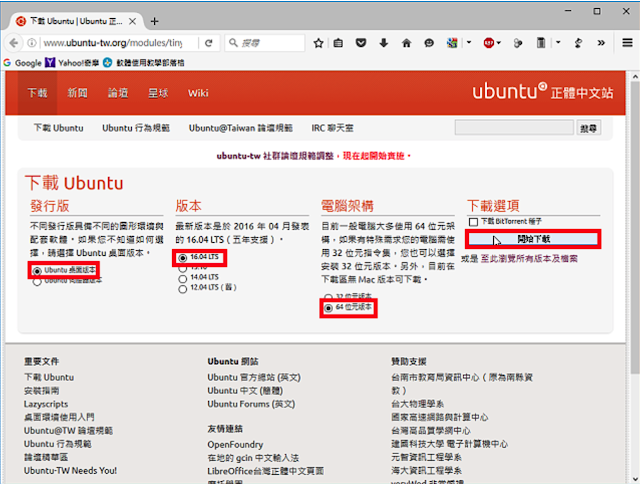How to create and run a PowerShell script file on Windows 10
How to create and run a PowerShell script file on Windows 10
On Windows 10, PowerShell is a command-line tool that allows you to run commands and scripts to change system settings and automate tasks. It's similar to Command Prompt, but PowerShell is a more capable command-line interface (CLI) that provides an extensive set of tools and offers more flexibility and control (especially for scripting).
A script is just a collection of commands saved into a text file (using the .ps1 extension) that PowerShell can understand and execute in sequence to perform one or multiple actions. The only caveat is that unlike Command Prompt, the default security protocol prevents all scripts from running.
This means that when double-clicking a .ps1 file on Windows 10 nothing will happen, and if you try to execute the script within PowerShell, you'll get the "cannot be loaded because running scripts is disabled on this system" error message. However, it's not impossible to run scripts on your device. You just need to enable the correct execution policy.
How to create a PowerShell script file
On Windows 10, you can create PowerShell script files using virtually any text editor or the Integrated Scripting Environment (ISE) console.
Creating a script using Notepad
To create a PowerShell script using Notepad, use these steps:
Open Start.Search for Notepad, and click the top result.
Create or paste your script. For example:
- Write-Host "Congratulations! Your first script executed successfully"
The above script will output the phrase "Congratulations! Your first script executed successfully" on the screen.
- Type a name for the script. For example, first_script.ps1.
Click the Save button.
Creating a script using Integrated Scripting Environment (ISE)
Alternatively, you can use the PowerShell ISE console to code your scripts on Windows 10.
The Integrated Scripting Environment is a complex tool, but you can get started using these steps:
1.Open Start.2.Search for Windows PowerShell ISE, right-click the top result, and select the Run as administrator option.
3.The environment will launch with an empty .ps1 file, where you can create or paste the script you want to run. For example:
Write-Host "Congratulations! Your first script executed successfully"
4.Click the File menu.5.Click the Save option.
6.Type a name for the script. For example, first_script.ps1.
7.Click the Save button.
Once you completed these steps using Notepad or PowerShell ISE, the script is ready to run, but it will fail. This is because the default PowerShell settings are always set to block the execution of any script.
How to run a PowerShell script file
If you want to run a script file on PowerShell, you have to change the execution policy using these steps:
1.Open Start.
2.Search for PowerShell, right-click the top-result and click the Run as administrator option.
Type the following command to allow scripts to run and press Enter:
- Set-ExecutionPolicy RemoteSigned
5.Type the following command to run the script and press Enter:
& "C:\PATH\TO\SCRIPT\first_script.ps1"- In the above command, make sure to change "PATH\TO\SCRIPT" to the location of your script.
After you complete the steps, the script will run and if it was crafted correctly, you should see its output without issues.
On Windows 10, PowerShell includes four execution policies, including:
- Restricted — Stops any script from running.
- RemoteSigned — Runs scripts created on the device. However, scripts created on another computer won't run unless they include a signature of a trusted publisher.
- AllSigned — All the scripts will run as long as they've been signed by a trusted publisher.
- Unrestricted — Runs any script without any restrictions.
In the above steps, we use the command to allow local scripts to run on Windows 10. However, if you're not planning to execute scripts regularly, you can restore the default settings using the same instructions, but on step No. 4, make sure to use the
Set-ExecutionPolicy Restricted command.








留言
張貼留言